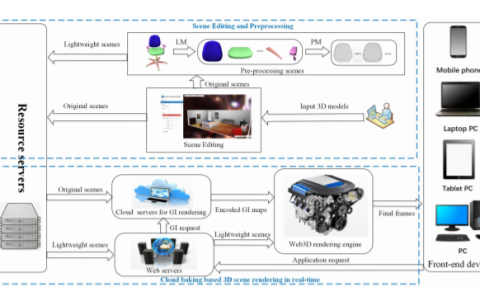Ascending and Descending in Virtual Reality: Simple And Safe System Using Passive Haptics
PubDate: January 2018
Teams: The University of Tokyo
Writers: Ryohei Nagao; Keigo Matsumoto; Takuji Narumi; Tomohiro Tanikawa; Michitaka Hirose
PDF: Ascending and Descending in Virtual Reality: Simple and Safe System Using Passive Haptics

Abstract
This paper presents a novel interactive system that provides users with virtual reality (VR) experiences, wherein users feel as if they are ascending/descending stairs through passive haptic feedback. The passive haptic stimuli are provided by small bumps under the feet of users; these stimuli are provided to represent the edges of the stairs in the virtual environment. The visual stimuli of the stairs and shoes, provided by head-mounted displays, evoke a visuo-haptic interaction that modifies a user’s perception of the floor shape. Our system enables users to experience all types of stairs, such as half-turn and spiral stairs, in a VR setting. We conducted a preliminary user study and two experiments to evaluate the proposed technique. The preliminary user study investigated the effectiveness of the basic idea associated with the proposed technique for the case of a user ascending stairs. The results demonstrated that the passive haptic feedback produced by the small bumps enhanced the user’s feeling of presence and sense of ascending. We subsequently performed an experiment to investigate an improved viewpoint manipulation method and the interaction of the manipulation and haptics for both the ascending and descending cases. The experimental results demonstrated that the participants had a feeling of presence and felt a steep stair gradient under the condition of haptic feedback and viewpoint manipulation based on the characteristics of actual stair walking data. However, these results also indicated that the proposed system may not be as effective in providing a sense of descending stairs without an optimization of the haptic stimuli. We then redesigned the shape of the small bumps, and evaluated the design in a second experiment. The results indicated that the best shape to present haptic stimuli is a right triangle cross section in both the ascending and descending cases. Although it is necessary to install small protrusions in the determined direction, by using this optimized shape the users feeling of presence of the stairs and the sensation of walking up and down was enhanced.

